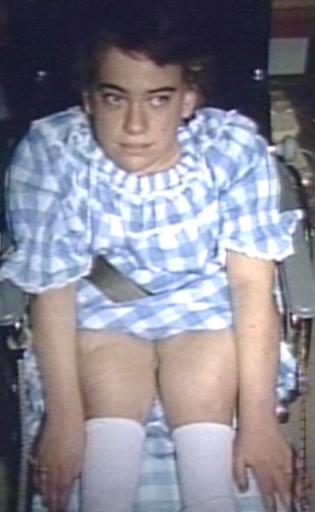Arnold-Chiari malformation history and symptoms
|
Arnold-Chiari malformation Microchapters |
|
Differentiating Arnold-Chiari malformation from other Diseases |
|---|
|
Diagnosis |
|
Treatment |
|
Case Studies |
|
Arnold-Chiari malformation history and symptoms On the Web |
|
American Roentgen Ray Society Images of Arnold-Chiari malformation history and symptoms |
|
Risk calculators and risk factors for Arnold-Chiari malformation history and symptoms |
Editor-In-Chief: C. Michael Gibson, M.S., M.D. [1]
Symptoms
In infants, the most common symptoms are
- Stridor
- Swallowing difficulties
In older children
- Upper (and lower as age marches on) limb weakness
- Breathing difficulties may occur
- Patients may experience no symptoms or remain asymptomatic until early adulthood at which point they will often experience severe headaches and neck pain
- Fatigue
- Dizziness
- Vertigo
- Neuropathic pain
- Pain at the point of tethering
- Visual disturbances
- Difficulty swallowing
- Ringing in the ears
- Sleep apnea
- Impaired fine motor skills
- Muscle weakness
- Palpitations
- Excessive clearing of the throat with no obstructions
- Because of the complex combination of symptoms and the lack of experience with ACM1 had by many, even outstanding neurologists and neurosurgeons, many patients are frequently misdiagnosed.
- Some patients may go an entire lifetime without having noticeable symptoms. Or, symptoms can be minimal, then turn severe suddenly due to head trauma which alters the condition of the spine, brain, or cerebellar tonsils and begins to cause more difficulties.
-
Skin: Myelomeningocele with Hydrocephalus; Arnold Chiari; Note Underdevelopment of Legs
